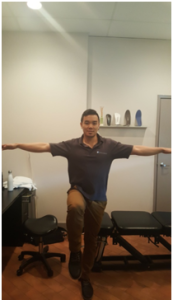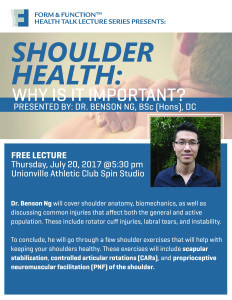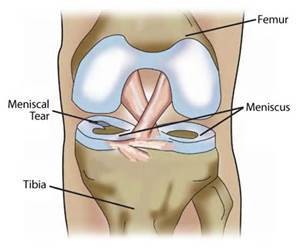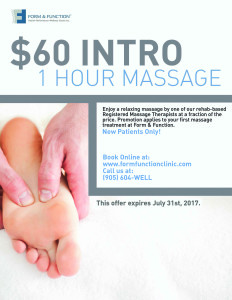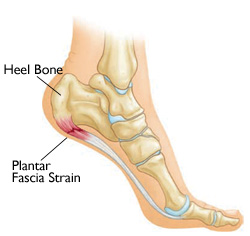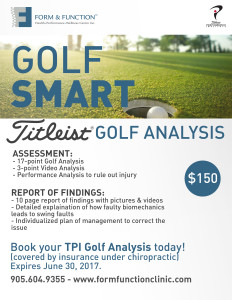Breathing
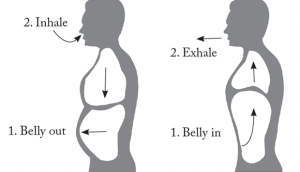
It’s funny but breathing is something we do all day every day but people can be doing it “wrong” (For the record, there isn’t a wrong way to breathe, just less efficient ways). To breathe more efficiently, you want to breath diaphragmatically. Here’s how:
- Relax your body, especially the neck and shoulders
- Place one hand on your stomach
- Breath in through your nose and feel your hand expand outwards
- Breath out through your mouth and feel your hand sink back towards your spine
This is the most efficient way to breathe. Take a look at your breathing in a mirror. If you are not using your belly but using your chest and neck muscles to breathe, you are using the wrong tools for the job. Try diaphragmatic breathing to relax those chest and neck muscles or just to breathe more efficiently.
Health Tip: Routine
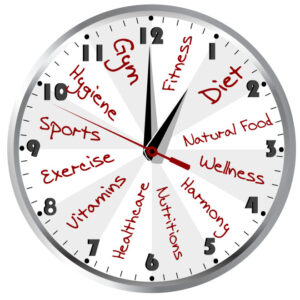
Routine is a funny thing for our bodies. On one hand, routine stabilizes the rhythms of our bodies (ie sleep, hormonal, digestive systems, etc.) and minimizes the stress put on these bodily systems. On the other hand, our body can get lazy with routine and needs to be challenged to become stronger and better (ie. Muscular, cardiovascular, neurological, etc.). So what’s the best way to live? Try to have a regular routine with your day to day tasks. Try to rest/sleep, eat, exercise at similar times everyday but challenge your body differently when it comes to the details. Find ways to rest more soundly, eat healthier foods and exercise with more advance exercises when you are used to the old ones.
The professionals at Form and Function can analyze your daily routine and help you create a better routine to fit your desired lifestyle.
Channel your inner Kung-Fu Master!
Balance and proprioception (where your joint is in space relative to the rest of your body) play an important role in everyday activities:– walking on the sidewalk and suddenly the curb dissapears (or you didn’t notice it!)
– walking on uneven terrain or an unexpected hole
– performing basic activities of daily living and knowing how your form is (and what it should be)
– balancing and recovering when you find out there’s ice under the snow on the sidewalk
Single Leg Stork Stance
A simple everyday exercise where you stand on the floor supported by each leg for 30s at a time.
-stay close to a wall or railing you can grab on to if this is difficult for you
-try this on a pillow if this is too easy
Contact Form and Function’s Kung Fu Master John for more tips on how to improve your balance
New Study: Knee arthroscopy for meniscus tear leads to 3x the risk of requiring knee replacement later
Here is a link to this study. But first, what does this mean? It means that for those of you who have been diagnosed with a meniscus tear, it’s definitely better to exhaust all forms of conservative treatment first before even considering going under the knife.Conservative treatment for meniscus tears include manual/soft tissues techniques to normalize range of motion, active rehabilitation to strengthen muscles and stabilize the knee, and modalities to speed up the healing process. Come into Form & Function to discuss your rehabilitation following any meniscus tears. You’ll be glad you did.
What is the pain in my heel?
Do you wake up in the morning and take your first step out of bed and are in agony? Does the pain go away after taking a few steps, only to return later on in the day? If so, you are most likely suffering from one of the most common foot pain conditions – plantar fasciitis.There are several risk factors for the cause of plantar fasciitis, but one of the most common in abnormal foot motion – either too low or high arches. Things to try at home to help relieve the pain include resting, icing the foot, and stretching the feet and legs. However, if the pain persists, you may require more treatment. Contact us for an assessment.
Do This Breathing Technique to Help You Stress Less
Diaphragmatic breathing is deep breathing from the diaphragm, instead of shallow breathing. It is also a relaxation technique.Diaphragmatic breathing has many benefits as there is more oxygen going into your body. Oxygen will sooth your nervous system, lower stress on your body, and calms your mind, which will in turn improve concentration.
Physically, diaphragmatic breathing will increase your lungs’ capacity and will detox your body as the oxygen will stimulate blood flow.
Diaphragmatic breathing is a breathing technique that you can do anytime, anywhere. Please make an appointment with the RMT to discuss how to improve your breathing to benefit your health.


